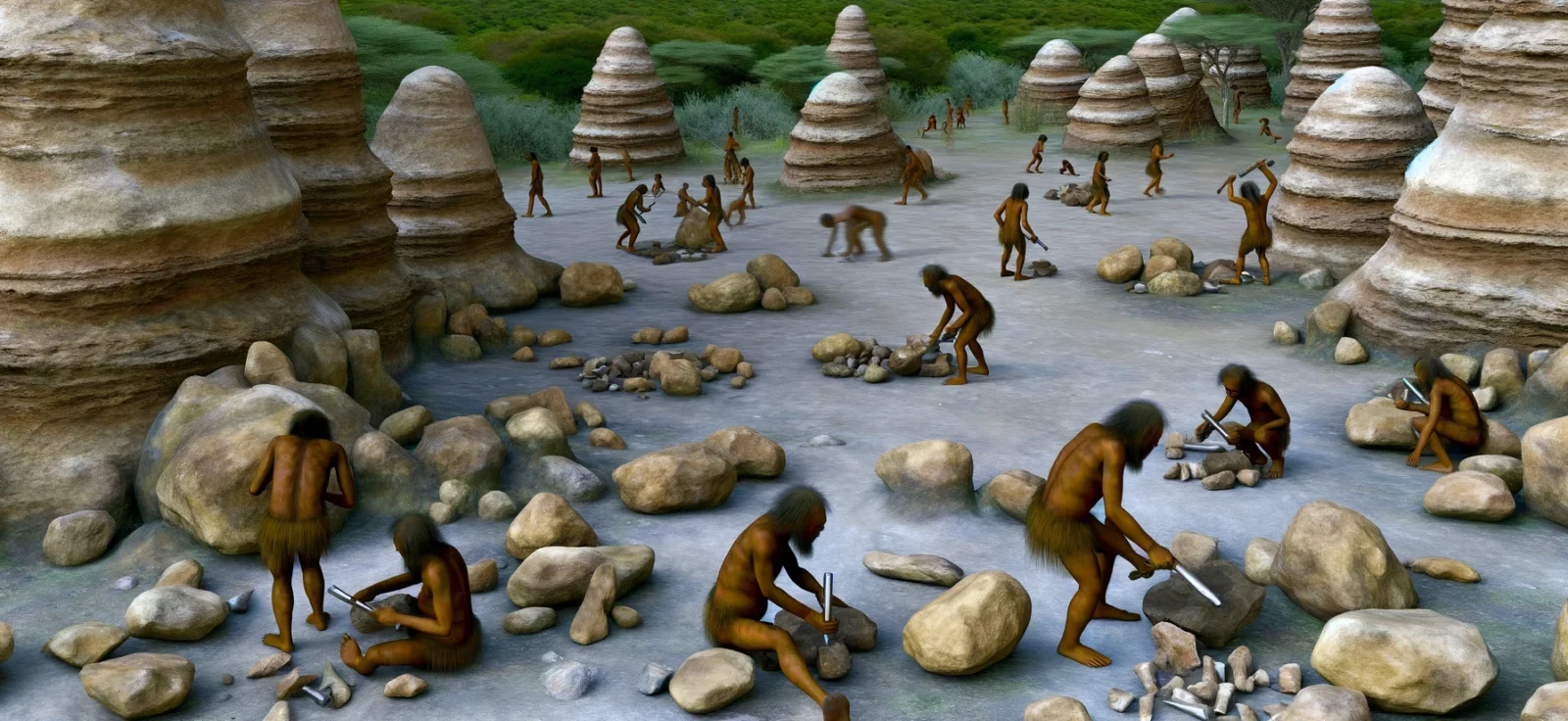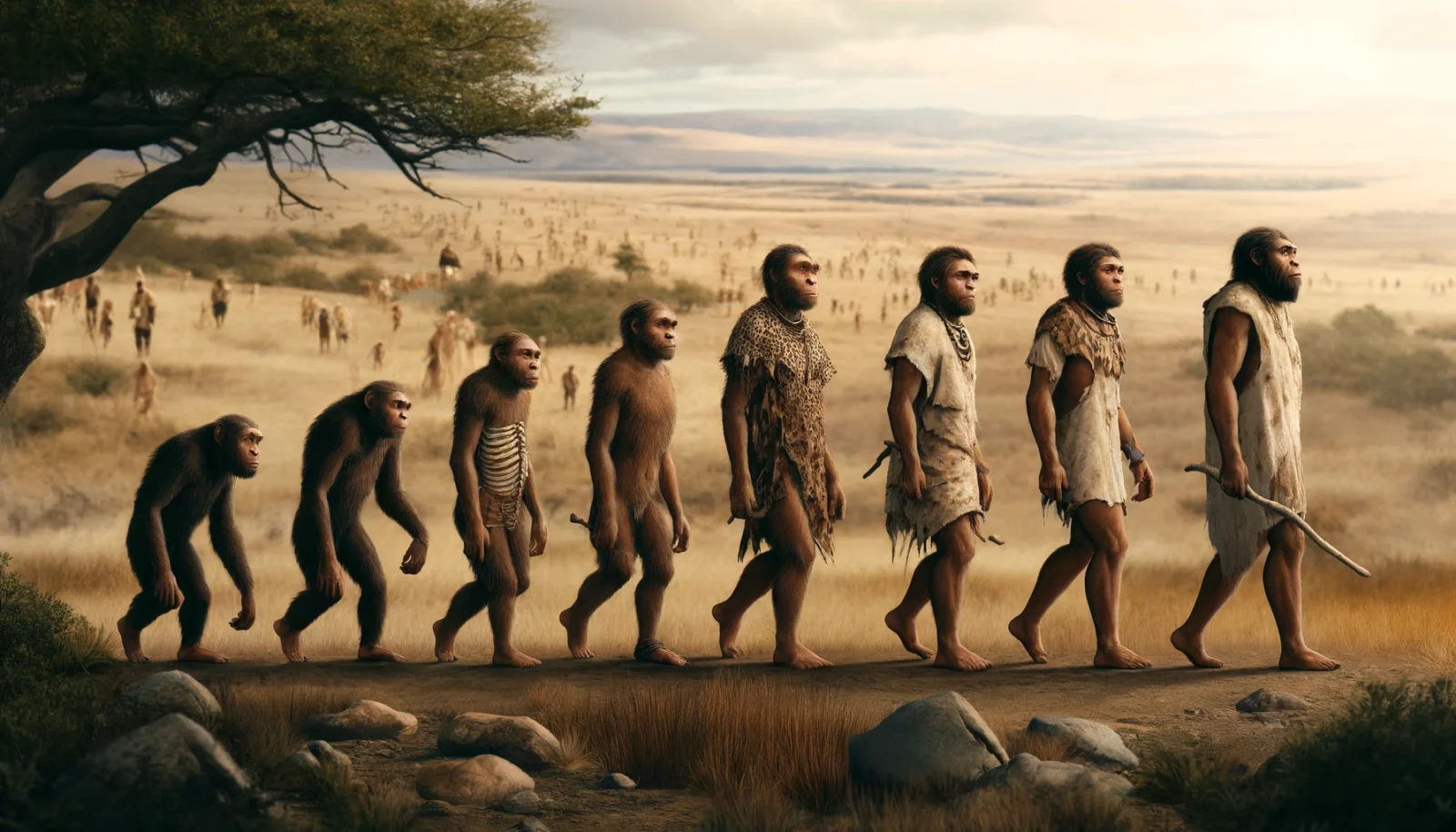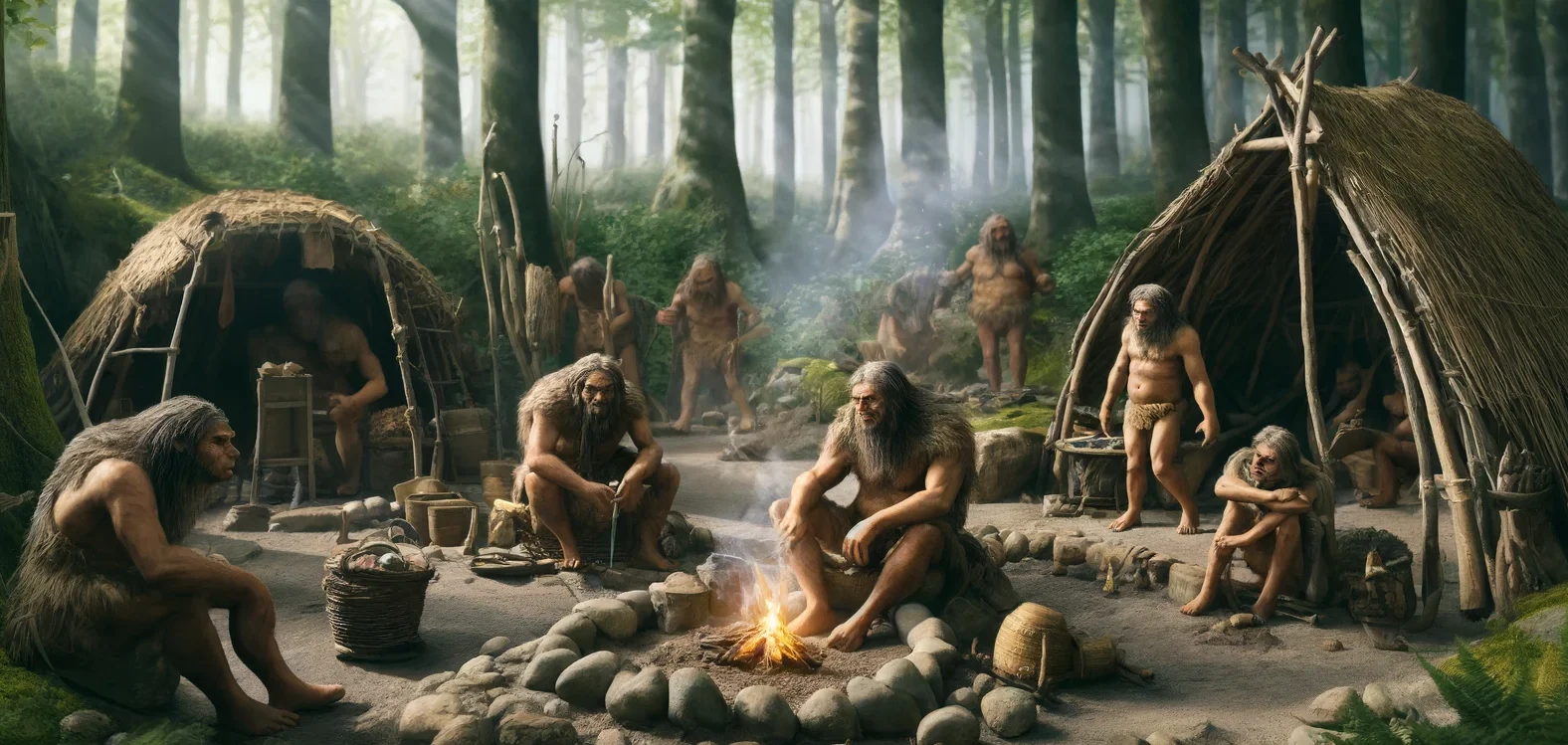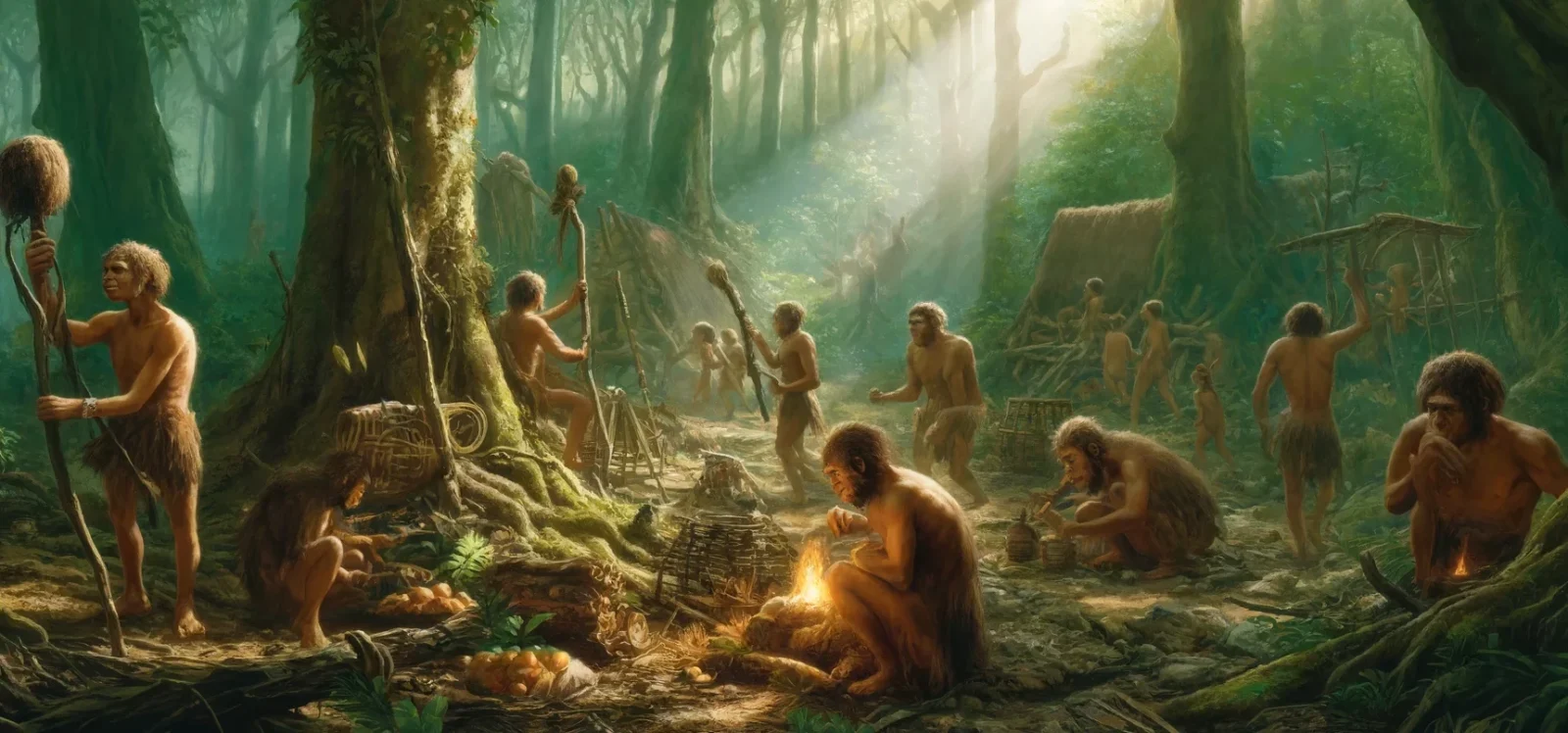Chuang Tzu (369-286 BCE)
105 Generations Ago Chuang Tzu, or in modern pinyin, “Zhuangzi,” is a cornerstone of Daoist philosophy. His collection of essays and stories delves into themes of spontaneity, relativity, and the natural order. The famous Butterfly Dream, which questions the boundaries between dreaming and waking states, epitomizes his exploration of transformation and reality. Chuang Tzu championed […]
Chuang Tzu (369-286 BCE) Read More »




















